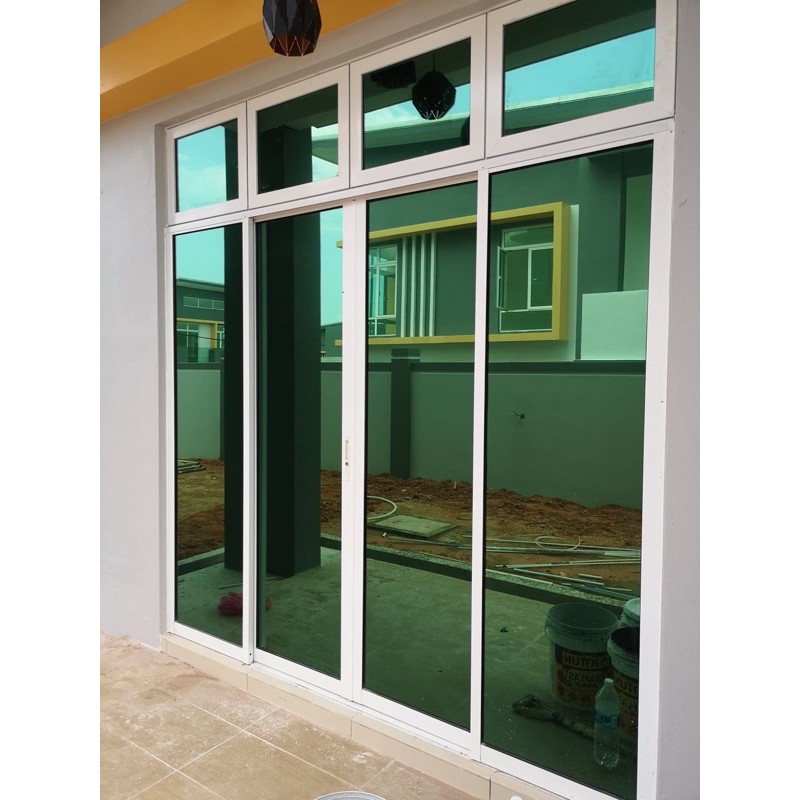Tinted glass refers to glass that has been treated with a thin film or coating to reduce the amount of light and heat that can pass through it. This treatment can be applied to various types of glass, such as windows in buildings, automotive windows, and even some types of eyewear.
There are several reasons why tinted glass is commonly used:
- Heat reduction: It can block a significant amount of solar heat from entering a building or vehicle. By reducing heat transmission, it helps to keep the interior cooler and more comfortable, particularly in hot climates.
- Glare reduction: Tinted glass can minimize glare caused by sunlight, especially in situations where direct sunlight hits windows or windshields. This can improve visibility and reduce eye strain for occupants.
- UV radiation protection: Tinted glass can also block a portion of ultraviolet (UV) radiation from the sun. UV rays are known to cause skin damage and fading of interior materials over time. Tinted glass helps to reduce UV exposure and protects occupants and interior surfaces from these harmful rays.
- Privacy and security: Tinted glass can provide an added level of privacy by making it more difficult for people outside to see into the interior of a building or vehicle. This can be particularly useful in areas where privacy is desired or for valuable items stored inside a vehicle.
It’s important to note that different jurisdictions have regulations regarding the permissible level of window tinting on vehicles to ensure adequate visibility and safety for drivers. These regulations typically specify the maximum darkness or percentage of light transmission allowed for different windows.
If you are considering tinting the windows of your vehicle or building, it is advisable to consult local regulations and seek professional services from reputable tinting specialists. They can guide you on the appropriate tint levels that comply with regulations and meet your specific needs.
IMAGE GALLERY

CONTACT US
For details, do any of the following:
- Call or text me at 09460480491
- Message us on Facebook at https://www.facebook.com/rbsublimationsignage/

